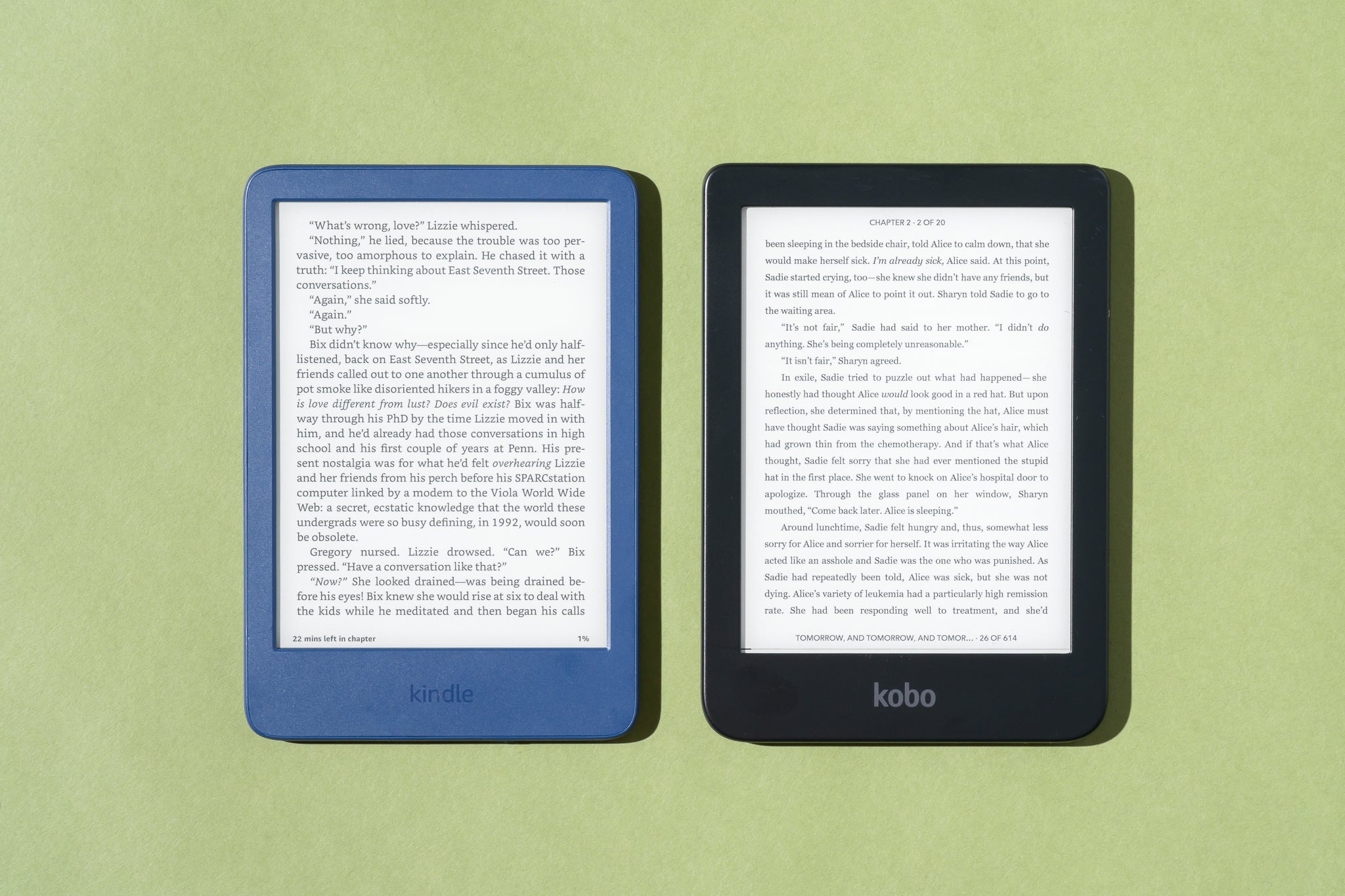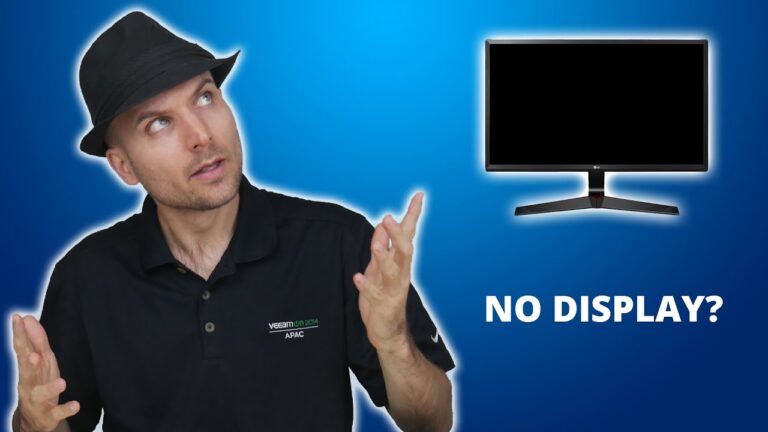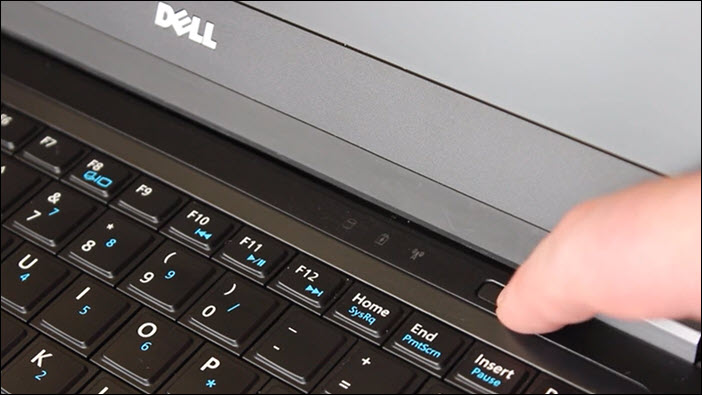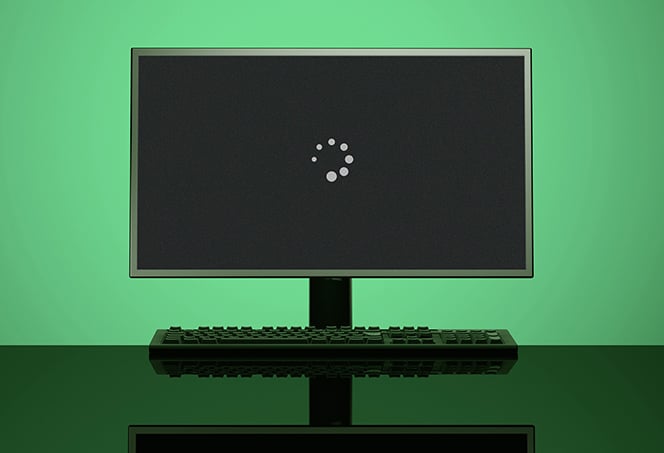Can’t Detect Multiple Displays: Troubleshoot and Fix in Minutes
Multiple displays not being detected can be fixed by following a few simple steps. First, open the Settings menu, then click on System, and then Display.
Under the “Multiple displays” section, click the Detect button to connect to the external displays. If the problem persists, try checking the connections, making sure everything is powered on, and confirming that the display is set to the correct input.
Additionally, you can try rebooting the system or changing the cable connecting the external monitor.
Check Physical Connections And Power
When you’re experiencing issues with not being able to detect multiple displays, it’s essential to start by checking the physical connections and power. This step ensures that all cables are secure and undamaged, and that power is being delivered to all displays and devices. Follow the steps below to troubleshoot and resolve any potential connection and power-related problems.
Ensure All Cables Are Secure And Undamaged
The first thing to do is to make sure that all cables are properly connected and not damaged. Loose or improperly connected cables can prevent your computer from detecting the additional displays.
To ensure all cables are secure and undamaged, follow these steps:
- Inspect each cable, including HDMI, DisplayPort, or VGA cables, for any visible signs of damage such as frayed wires or bent pins.
- Gently disconnect and reconnect each cable, ensuring a secure and tight connection at both ends.
- If you have multiple displays, verify that each display is connected to the correct port on your computer or docking station.
Confirm Power To All Displays And Devices
Another important aspect to check is whether all displays and devices are receiving power. If any of them are not properly powered, they may not be detected by your computer.
To confirm power to all displays and devices, follow these steps:
- Check if the power cables for each display are securely plugged into a power source and the display itself.
- Make sure the power indicator lights on each display are lit, indicating that they are receiving power.
- If you’re using a docking station or an external graphics card, ensure that it is receiving power and functioning correctly.
By checking the physical connections and power, you can eliminate any potential issues related to loose or damaged cables and ensure that all displays and devices are properly powered. This step is often a quick and simple solution to resolve the problem of multiple displays not being detected.
‘can’t Detect Multiple Displays: Troubleshoot’ In Windows
If you’re facing issues with your Windows computer not detecting multiple displays, don’t worry, we’ve got you covered. This troubleshooting guide will help you navigate through the problem and get your multiple displays up and running smoothly. Follow the steps below to troubleshoot the ‘Can’t Detect Multiple Displays’ issue:
Navigate To Display Settings
Start by opening the Settings menu on your Windows computer. Click on “System” and then select “Display.” This will open the Display settings page where you can make adjustments to your multiple display setup.
Use The ‘detect’ Button For External Monitors
Under the “Multiple displays” section in the Display settings, there is a “Detect” button. Click on this button to initiate the detection process for external monitors. Windows will scan for any connected displays and try to detect them. Allow some time for the process to complete.
Force Detection If Automatic Process Fails
If the automatic detection process fails to detect your external monitors, you can manually force Windows to detect them. This is especially useful if your displays are not being recognized due to a communication issue. To force detection, follow these steps:
- Check if everything has power – ensure your monitors are receiving power and turned on.
- Look for misplaced connections – verify that all cables connecting your monitors to your computer are securely plugged in.
- Confirm the display is set to the right input – double-check that your monitors are set to the correct input source (e.g., HDMI, DisplayPort).
- Reboot your computer – try restarting your computer as a simple reboot can often resolve connectivity issues.
- Check the Nvidia panel – if you have an Nvidia graphics card, check the resolution settings menu in the Nvidia panel to ensure both monitors are enabled.
- Try changing the cable – if all else fails, try swapping out the cable connecting the external monitor. A faulty cable can sometimes be the cause of the detection problem.
By following these troubleshooting steps, you should be able to resolve the issue of Windows not detecting multiple displays. Remember to always double-check your connections and settings to ensure everything is in order. With these fixes, you’ll have your multiple display setup working seamlessly in no time!
Update And Reinstall Display Drivers
To fix the issue of not being able to detect multiple displays, you can try updating and reinstalling your display drivers. Open the Settings menu, go to System, then Display, and click the Detect button under the “Multiple displays” section to connect to the external monitor.
Make sure both monitors are enabled in the Nvidia panel and check the cable connections. If the problem persists, try changing the cable or reconnecting the docking station.
Update and Reinstall Display Drivers Identify graphics card manufacturer and model To begin the process of updating and reinstalling your display drivers, you will first need to identify the manufacturer and model of your graphics card. This information is crucial in ensuring that you download the correct driver updates for your specific hardware. To find this information, follow these steps: 1. Right-click on the Windows Start button and select “Device Manager” from the context menu. 2. In the Device Manager window, expand the “Display adapters” category. 3. You will see the name of your graphics card listed here. Make a note of the manufacturer and model. Download the latest driver updates Once you have identified the manufacturer and model of your graphics card, you can proceed to download the latest driver updates. These updates often include bug fixes, performance enhancements, and compatibility improvements. To download the latest driver updates, follow these steps: 1. Visit the official website of the graphics card manufacturer. Some common manufacturers include NVIDIA, AMD, and Intel. 2. Navigate to the support or downloads section of the website. 3. Look for the driver downloads section and enter the model of your graphics card. 4. Select the appropriate operating system version and download the latest driver update. Instructions for proper driver installation After downloading the latest driver update, you are ready to install it on your system. Proper installation of display drivers is essential for ensuring optimal performance and functionality. Follow these instructions for a smooth installation process: 1. Locate the downloaded driver file on your computer. It is often saved in the Downloads folder by default. 2. Double-click on the driver file to start the installation process. 3. Follow the on-screen prompts to proceed with the installation. Make sure to read and review any license agreements or terms of use. 4. Once the installation is complete, restart your computer to apply the changes. By following these steps, you can update and reinstall your display drivers to resolve issues with multiple display detection. Proper driver installation is crucial for ensuring optimal performance and compatibility. Remember to regularly check for driver updates to keep your system running smoothly.Optimize Nvidia Or Amd Control Panel
To optimize Nvidia or AMD Control Panel for detecting multiple displays, follow the simple steps below:
H3access The Appropriate Graphics Control Panel/h3
To begin, access the appropriate graphics control panel based on your graphics card. If you have an Nvidia graphics card, right-click on your desktop and select "Nvidia Control Panel." For AMD graphics card users, right-click on your desktop and choose "AMD Radeon Settings."
H3configure Multi-display Settings And Arrangements/h3
Once the control panel is open, navigate to the display settings or multi-display section. Here, you can configure the settings and arrangements according to your preferences. This includes options for extending displays, duplicating screens, or changing the orientation of your monitors. Experiment with different configurations until you achieve the desired setup.
H3ensure Both Monitors Are Active And Detected/h3
After configuring the settings, it's crucial to ensure that both monitors are active and detected by the graphics card. In the control panel, navigate to the monitor or display tab and check that both monitors are enabled. If not, you can enable them by checking the box next to each monitor's name.
It's worth noting that sometimes, a monitor may not be detected due to connection issues or faulty video cables. In such cases, try using a different cable and make sure all connections are secure.
By following these steps, you can optimize the Nvidia or AMD Control Panel to effectively detect and utilize multiple displays. Taking the time to configure the settings and ensure proper detection can enhance your productivity and provide a seamless multi-monitor experience.
Troubleshooting External Software And System Issues
When it comes to troubleshooting multiple display issues, it’s essential to consider external software and system issues that might be causing the problem. In this section, we will discuss some troubleshooting steps to address these issues and get your displays working smoothly.
Check For Windows Updates Affecting Display Function
If your computer is experiencing trouble detecting multiple displays, it’s worth checking if any recent Windows updates have caused compatibility issues. Sometimes, updates can affect display functions, resulting in your displays not being recognized. To check for and address this issue, follow these steps:
- Open the Settings menu by clicking on the Start button and then clicking on the “Settings” option.
- In the Settings menu, click on “System” to access the system settings.
- Under the “System” section, click on “Display” to access the display settings.
- In the display settings, scroll down to the “Multiple displays” section.
- Click on the “Detect” button to initiate a display connection.
Performing these steps will allow Windows to detect your displays and address any potential issues caused by recent updates.
Disable Conflicting Third-party Applications
Another common cause of multiple display detection issues can be conflicting third-party applications. Certain applications or software can interfere with the function of your displays, preventing them from being recognized. To disable or troubleshoot potential conflicts, follow these steps:
- Open the Task Manager by pressing
Ctrl + Shift + Escon your keyboard. - In the Task Manager, navigate to the “Startup” tab.
- Disable any third-party applications that might be causing conflicts by right-clicking on them and selecting “Disable”.
- Restart your computer to apply the changes and check if the multiple display detection issue is resolved.
Disabling conflicting third-party applications can help resolve compatibility issues and improve the detection of multiple displays.
Perform A System Reboot To Refresh Settings
If you have tried the above troubleshooting steps and your computer still can’t detect multiple displays, performing a system reboot can refresh the settings and potentially resolve the issue. To do this, follow these steps:
- Click on the “Start” button and select “Restart” from the power options menu.
- Wait for the computer to reboot and fully start up again.
- After the reboot, check if the multiple display detection problem is resolved.
Performing a system reboot can often clear any temporary glitches or conflicts that might be preventing the detection of multiple displays.

Credit: www.redbubble.com
Frequently Asked Questions For Can’t Detect Multiple Displays
Why Wont My Computer Detect Multiple Monitors?
To fix the issue of your computer not detecting multiple monitors, follow these steps: 1. Open Settings and go to System. 2. Click on Display. 3. Under the “Multiple displays” section, click the Detect button to connect to the external monitor.
4. Check that both monitors are enabled in the Nvidia panel or resolution settings. 5. If the issue persists, try changing the cable connecting the external monitor or reconnecting the docking station. Note: Faulty video cables, incorrect settings, or outdated video drivers can cause multiple monitor issues.
How Do I Get Multiple Monitors To Detect?
To get multiple monitors to detect, follow these steps: 1. Open Settings and click on System. 2. Go to Display and click on “Detect” under the “Multiple displays” section. 3. Check that both monitors are enabled in the Nvidia panel or resolution settings.
4. Make sure both monitors are connected properly and powered on. 5. Try changing the cable connecting the external monitor. If these steps don’t work, try disconnecting and reconnecting the docking station or checking for damaged pins on the video cable.
Why Won’t My Docking Station Detect My Monitors?
To troubleshoot why your docking station won’t detect your monitors, try the following steps: 1. Open Settings and click on System. 2. Go to Display and click the Detect button under “Multiple displays. ” 3. Check that everything is powered on and that all connections are secure.
4. Confirm that the display is set to the right input and reboot your computer. 5. If using Nvidia, ensure both monitors are enabled in the resolution settings. 6. Try changing the cable connecting the external monitor. 7. If the issue persists, try disconnecting and reconnecting the docking station.
8. Make sure the video cable is properly connected to both the monitor and docking station.
Why Is My Second Monitor Showing No Signal?
If your second monitor is showing no signal, try these steps: 1. Open Settings and go to System > Display. 2. Click the Detect button under the “Multiple displays” section. 3. Check that both monitors are enabled in the Nvidia panel.
4. Ensure that all connections are secure and in the right input. 5. If using HDMI, try changing the cable. 6. Reboot the system and right-click to refresh. If the issue persists, there may be hardware or driver problems that require further troubleshooting.
Conclusion
If you are facing the issue of your computer not being able to detect multiple displays, there are several steps you can take to troubleshoot the problem. Start by checking the connections and ensuring that everything is properly powered on.
Additionally, you can try changing the cable connecting the external monitor or forcing Windows to detect your monitor again. It’s important to also check the resolution settings and make sure both monitors are enabled in the Nvidia panel. By following these steps, you should be able to fix the issue and enjoy the benefits of using multiple displays.




